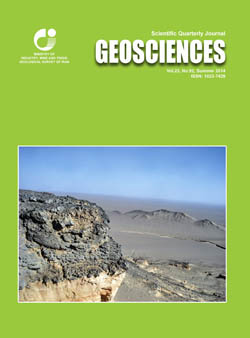Document Type : Original Research Paper
Authors
1 Assistant Professor, Department of Geology, Faculty of Sciences, University of Hormozgan, Bandar Abbas, Iran
2 Ph. D. Student, Department of Geology, Faculty of Sciences, University of Hormozgan, Bandar Abbas, Iran
Abstract
Qeshm is the largest island of the Persian Gulf and is located at the southern end of the folded Zagros zone. The stratigraphic units of the QeshmIsland include the Hormoz series, Mishan formation, Aghajari formation and the Quaternary deposits. The Quaternary calcareous marine terraces are an important part of the deposits and an relief index of sea level changes of the Quaternary period in the QeshmIsland. These terraces overly unconformably the older deposits, specially the Aghajari formation. The field and laboratories studies show that these sediments were developed mostly in different parts of an inner ramp comprising of supra-intra tidal, lagoon, and barrier. Application of the radiocarbonical method in different levels of these terraces revealed a Holocene-Pleistocene age. According to this age, an uplift rate of 0.22 mm/y can be estimated for this island, while the throw rate of the Persian Gulf level during the Quaternary is -0.125 mm/y.
Keywords

